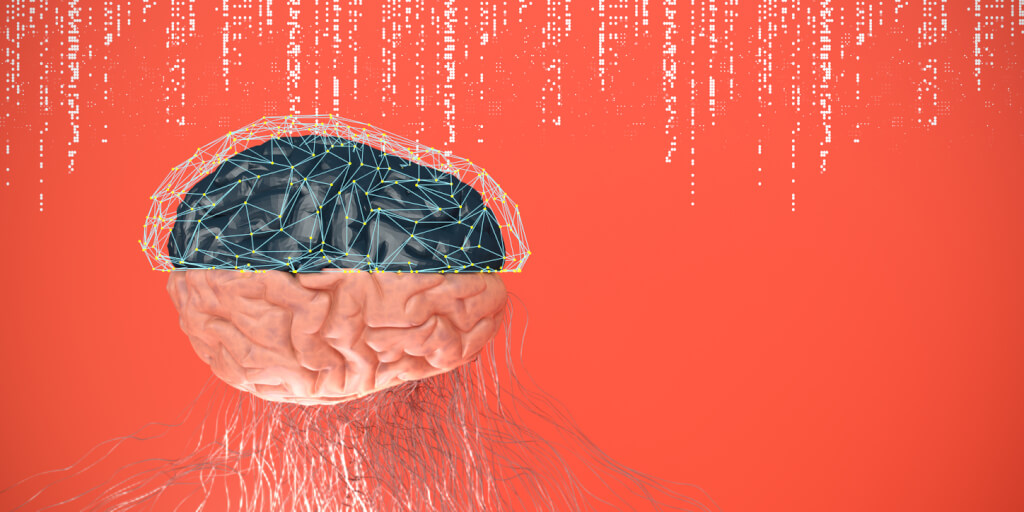Stroke patients can move paralyzed limbs after new therapy
Two stroke patients were able to move their arms again after an experimental procedure that “feels like a tickle.” The procedure temporarily restored weakened connections between their upper limbs, brain and spinal cord, according to ScienceAlert.

Photo: IStock
Heather Rendulich is one of these two women. For one month, in a ground-breaking study led by scientists at the University of Pittsburgh, she was able to manipulate her hand more easily when electrical impulses tapped on the top of her spinal cord.
Rendulich suffered a stroke at the age of 20, which left the left side of her body paralyzed. Like many survivors of a stroke, she gained some unnatural movement. But soon her condition was fixed, and many daily tasks, such as tying shoelaces or cutting vegetables, were beyond her reach.
On the subject: An American was diagnosed with cancer, and after that he spoke with an Irish accent: how is this possible
For many years, Rendulich "lived with one hand in a two-handed world." Now she has seen what might be possible for some stroke patients in a few years if spinal cord stimulation proves safe and effective.
“When the stimulation is turned on, I feel like I now have control of my arm and hand again, which I haven’t had in over nine years,” says Rendulich.
“The stimulation is like tickling and it’s never painful, but I would say it takes some getting used to,” she said.
Although only two cases are reported in the study, Rendulich and another participant showed clear improvements in grip strength, hand movement, and manual dexterity almost immediately after turning on the device.
The device consisted of a pair of thin metal electrical implants - as flexible as spaghetti threads - inserted into the upper part of the spinal cord, where it connects to sensory inputs from the arm and hand.
When turned on, the electrodes sent pulses of electricity to the spinal circuits, which had been weakened by the stroke but remained intact. Instead of forcing muscles to move, the pulsed current amplifies messages in the neural circuits of the spine to aid movement.
“We wanted to capture these weak signals and essentially turn them into functional outputs so that a person can voluntarily control their hand,” said University of Pittsburgh biomedical engineer and author Marco Capogrosso.
Two of the women in this study suffered from different types of stroke, but both had improved hand and arm movement to varying degrees. They received an experimental form of stimulation four hours a day, five days a week for a one-month trial period.
In a series of tests, captured on video and using wireless sensors that detect muscle contraction, Rendulich can be seen raising his hand, picking up a can of soup, picking up pieces of food with a fork, opening a lock and drawing basic shapes.
Like the article? Support ForumDaily!?
The researchers say these dexterous movements, combined with a wide range of arm and shoulder movement, are more challenging than stimulating leg movements, although both are remarkable feats.
read US news on ForumDaily
Just last year, researchers reported that nine people were able to walk again after five months of spinal cord stimulation and rehabilitation.
Prior to this, a 2016 study showed that electrical stimulation can also improve upper limb movements after spinal cord injury. And through further animal testing and computer simulations, the scientists who participated in this latest study concluded that stroke survivors may benefit too.
To the researchers' surprise, some of the mobility improvements lasted up to four weeks after the implants were removed, but those improvements have since disappeared, Rendulich says.
“We found that after several weeks of use, some of these improvements persist even after pacing is turned off, indicating exciting possibilities for future stroke treatment,” says Capogrosso. It is possible that spinal cord stimulation could not only help hand function, but potentially restore part of it if the therapy is used for longer periods of time.
“However, the results should be verified in a larger study,” Ewan McCaughey, a biomedical engineer who studies electrical stimulation for spinal cord injuries, tweeted.
These studies may take years, but the results will be key to understanding what types of stroke patients may benefit from the therapy, at what stage of recovery, and if there are any safety concerns or limitations to its effectiveness.
“There are good prospects. It's good to have hope, but I don't want to mislead patients that this is something that will be available to them tomorrow,” said Eellan Sivanesan, director of neuromodulation at Johns Hopkins University.
You may be interested in: top New York news, stories of our immigrants, and helpful tips about life in the Big Apple - read it all on ForumDaily New Y.
The researchers are indeed hopeful that when combined with ongoing physical therapy, this approach may offer some long-term benefit to stroke patients. But the cost of electrode implant surgery can still be a barrier for many.
Rendulich also hopes that her participation in the study has helped scientists, and that sometime in the future she can get a permanent stimulant to tickle her nerves again.
Read also on ForumDaily:
Children from families of Russian-speaking immigrants have become YouTube stars and earn millions
US recalls baby food formulas may be contaminated with deadly bacteria
Fear of Change, Difficulty of English and Scammers: How to Deal with Major Immigration Threats
Subscribe to ForumDaily on Google NewsDo you want more important and interesting news about life in the USA and immigration to America? — support us donate! Also subscribe to our page Facebook. Select the “Priority in display” option and read us first. Also, don't forget to subscribe to our РєР ° РЅР ° Р »РІ Telegram and Instagram- there is a lot of interesting things there. And join thousands of readers ForumDaily New York — there you will find a lot of interesting and positive information about life in the metropolis.











